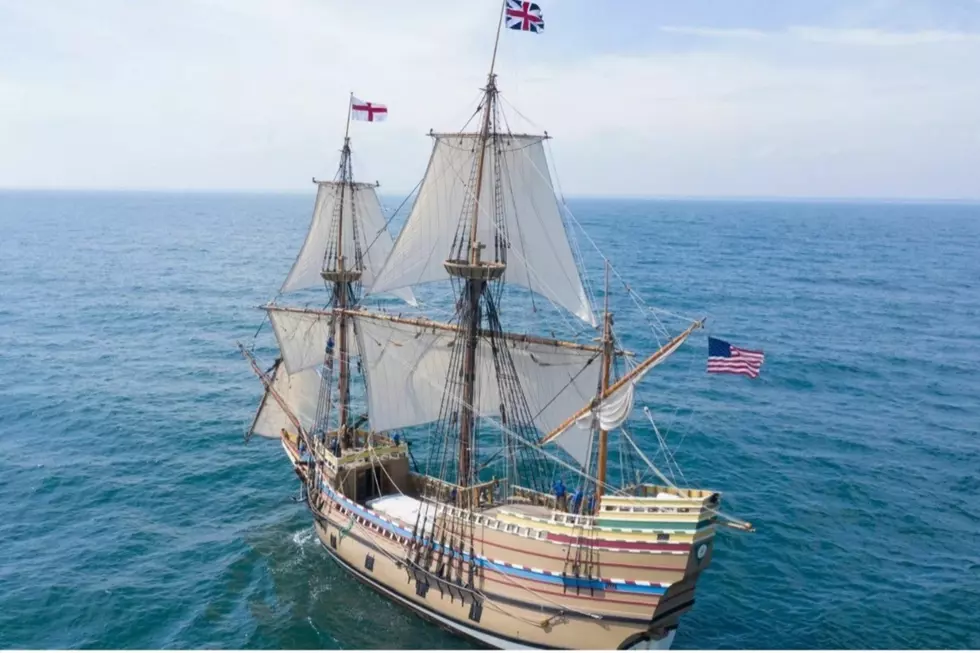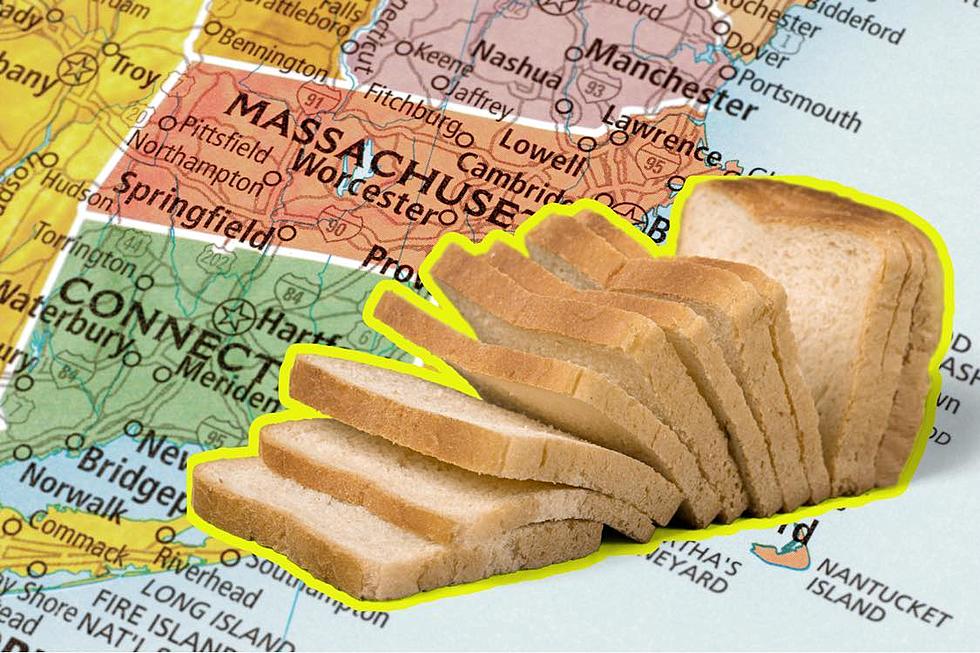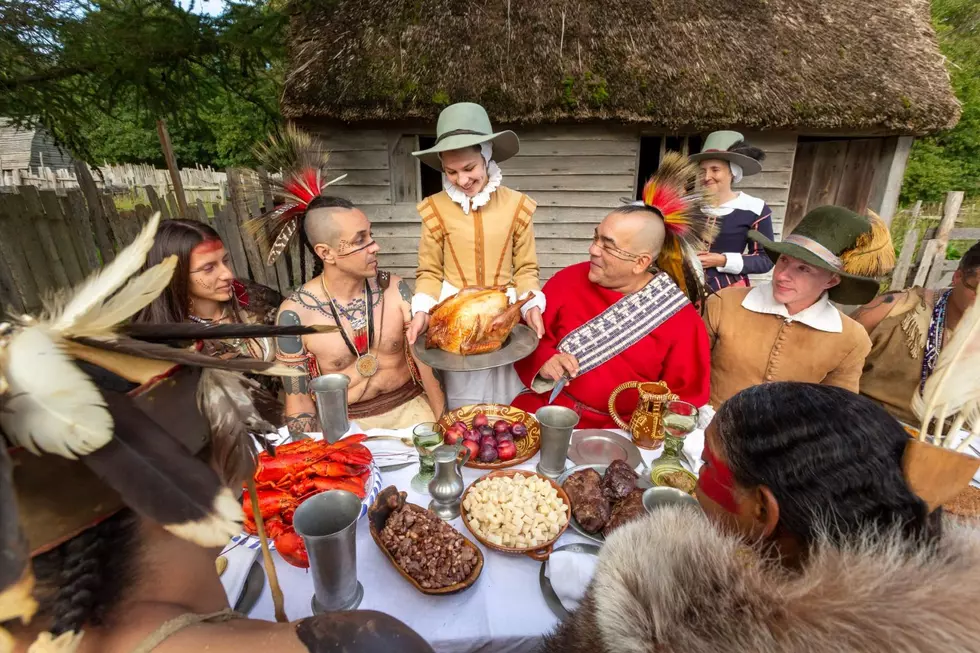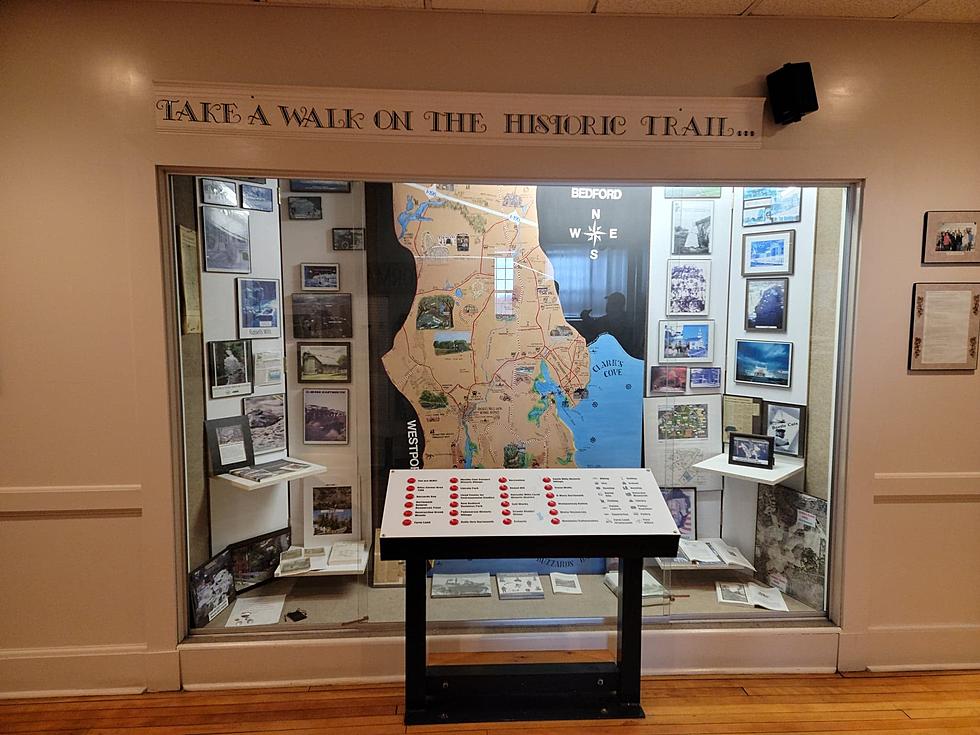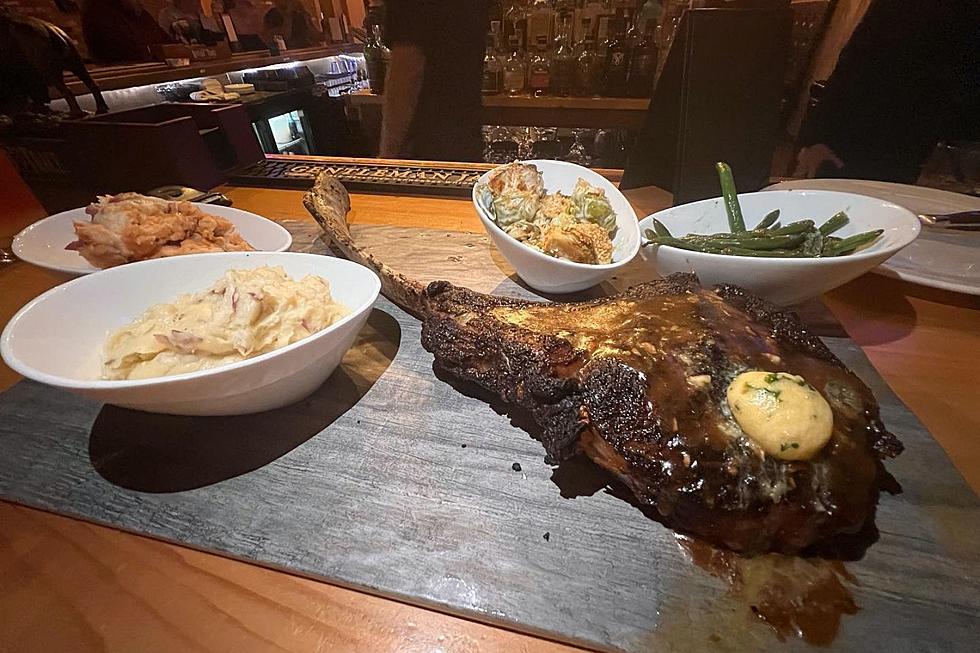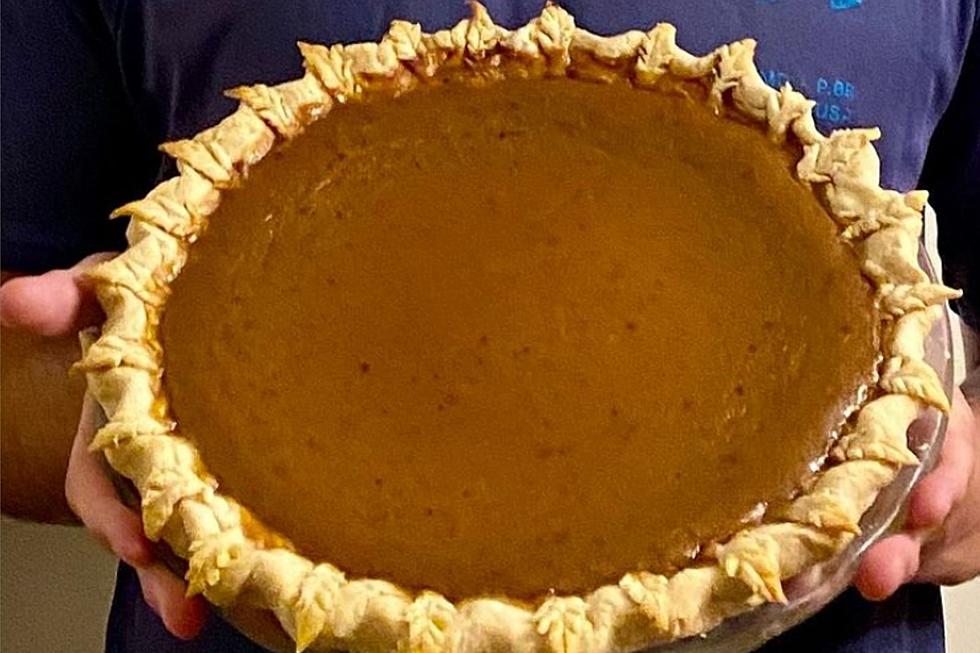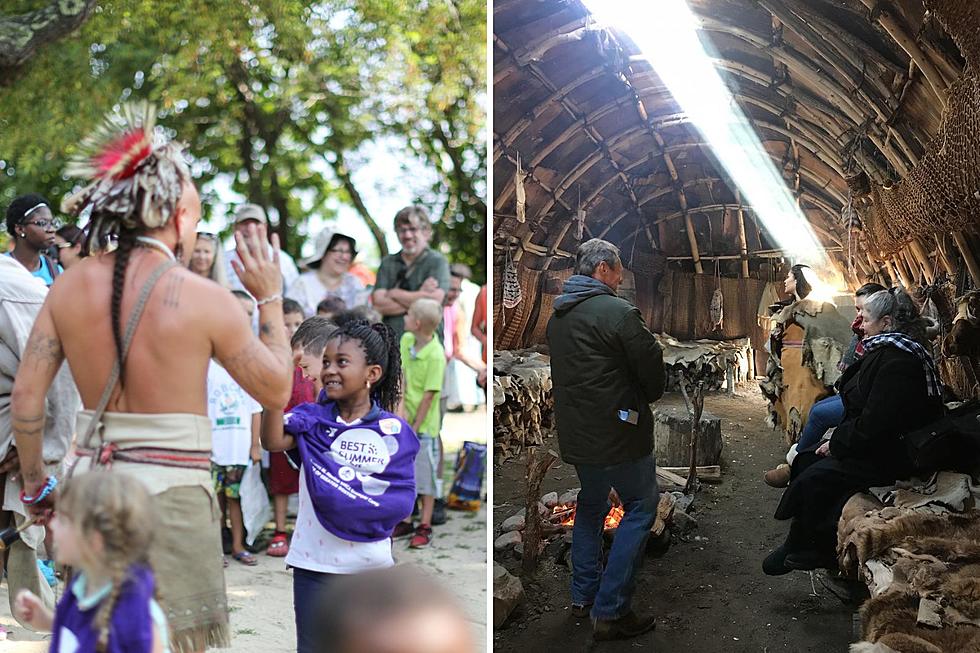
Plimoth Patuxet Museums Celebrates 50th Anniversary of Wampanoag Indigenous Program
Since 2009, with the obvious exception of the pandemic, Fun 107 has been privileged enough to broadcast our day before Thanksgiving special live from the site of America's first Thanksgiving.
Each year, we hear from actors portraying the characters of some of the actual people that risked their lives to sail from Europe over to what was once called the New World. The pilgrims goal? To find a place to live where they could practice their religion without persecution.
What the pilgrims found, however, was a wilderness that was already inhabited by an indigenous people that had been nearly wiped out by a deadly plague in recent years. For many years, stories about the first Thanksgiving and the years that would follow were told through one particular lens. It was told from the point of view of the new settlers. That changed half a century ago.
This year, Plimoth Patuxet Museums celebrates the 50th anniversary of the Wampanoag Indigenous Program. Back in 1973, at a time when few American museums incorporated Indigenous voices in their interpretation, the Museum began working directly with local Native people to incorporate Indigenous perspectives into its exhibits and programs.
Brad Lopes is a member of the Aquinnah Wampanoag, and he is the Museum’s Director of Wampanoag and Indigenous Interpretation and Training. “Plimoth Patuxet is dedicated to inclusivity in its interpretation so that visitors can experience a deeper understanding of the history of this region’s Indigenous people,” Lopes said, “The 50th anniversary is a significant milestone for the visionaries and trailblazers that shaped this initiative; it’s also an opportunity to build a bridge to the future.”
More From WFHN-FM/FUN 107
